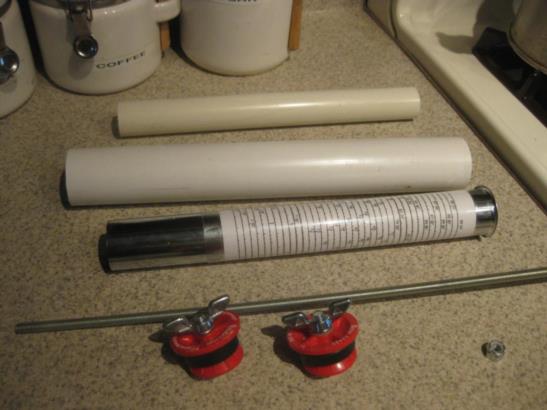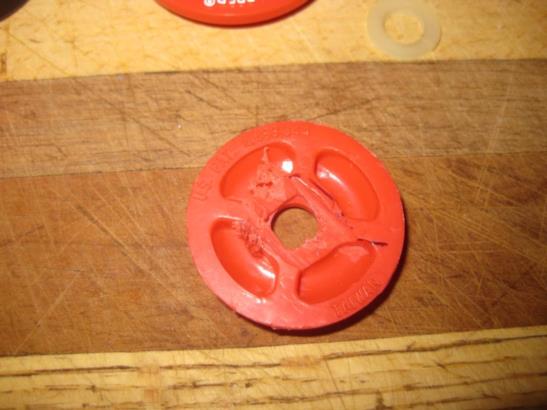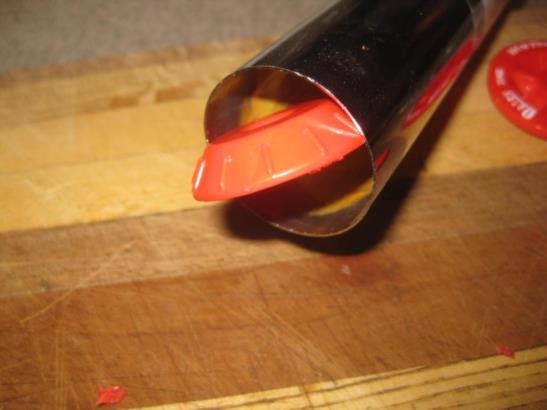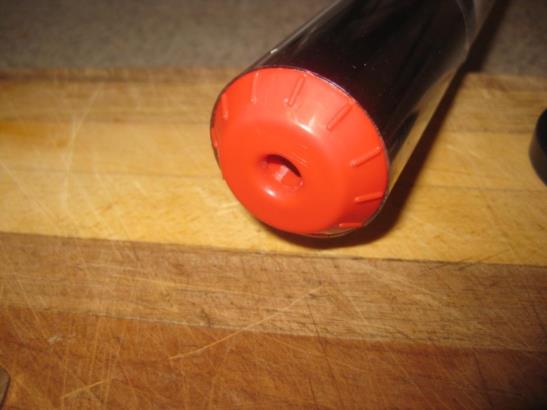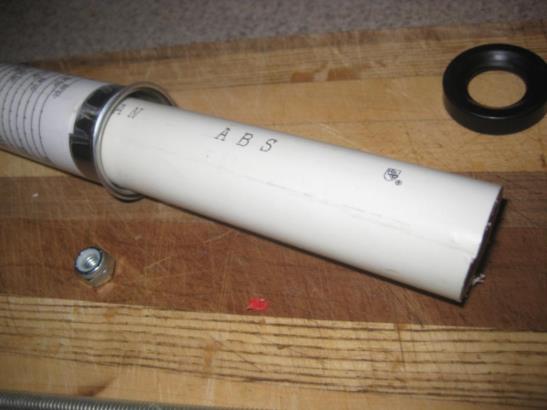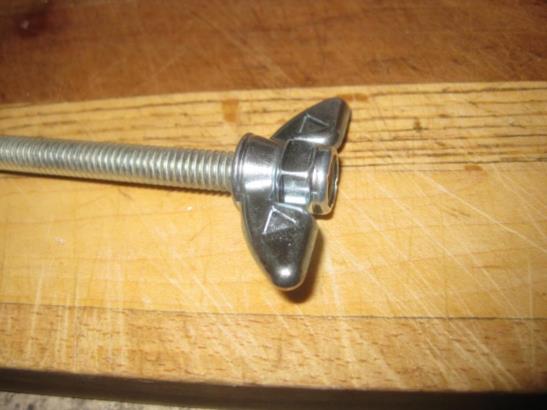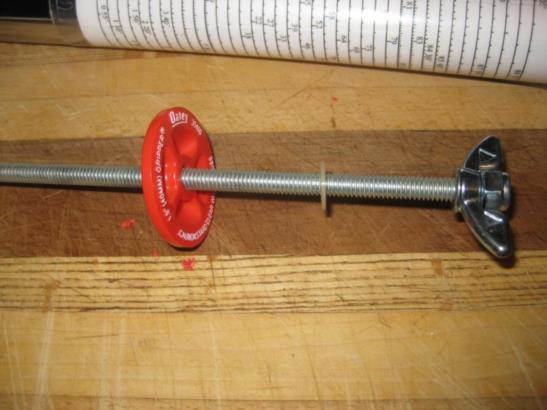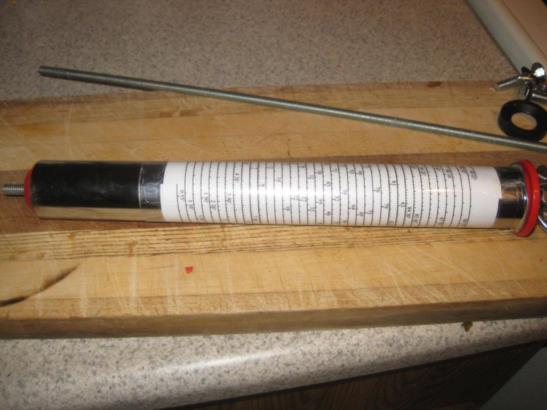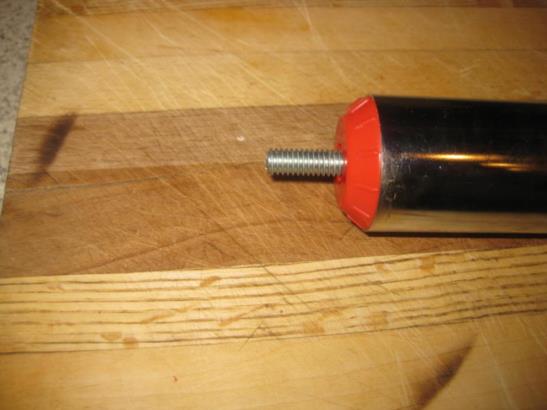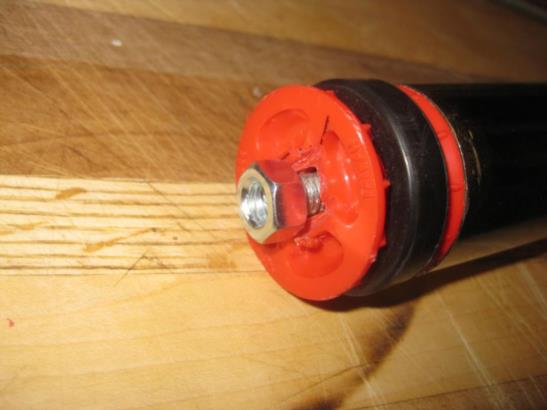
NavList:
A Community Devoted to the Preservation and Practice of Celestial Navigation and Other Methods of Traditional Wayfinding
From: UNK
Date: 2009 Sep 29, 18:55 -0700
In the past we have discussed the superiority of the MHR-1 to the Bygrave due to its mechanism for locking the two tubes together to prevent unwanted movement while resetting the cursor. See prior posts: http://www.navlist.net/m2.aspx?i=109049&y=200907 http://www.navlist.net/m2.aspx?i=109054&y=200907 I have made several copies of the Bygrave using as its base a 1.500 O.D. standard sink "tail pipe" or drain pipe twelve inches long on which to mount the cotan scale. See my prior post on this: http://www.navlist.net/m2.aspx?i=108949&y=200907 I have also suggested in the past that a three and a half buck off the shelf "test plug" might be the basis for a locking mechanism, see: http://www.navlist.net/m2.aspx?i=109056&y=200907 The problem with making a copy of the Bygrave or the MHR-1 is finding tubes that are close enough in size to provide the proper sliding fit. My cotan scale is printed on paper and wrapped around the 1.500 inch O.D tube and then covered with a clear plastic sheet expanding the diameter to 1.520 inches. I measured the I.D of standard one and a half inch PVC pipe and found it is 1.566 which is a good fit and within the range of adjustment of the "test plug." So today I decided to give it a try. I purchased a piece of such pipe, a piece of 5/16th inch threaded rod, a 5/16 inch nut, a 5/16th inch self locking nut, and another test plug, about ten bucks. The original bolts in the test plugs are 5/16ths. The attached pictures shows the process. Disassemble the two test plugs and use the two smaller plastic pieces, one of the large pieces, one of the rubber rings one of the washers, and one of the wing nuts. The other pieces are not used. The small plastic pieces are designed to use carriage bolts so have square sockets for the heads of the carriage bolts. Modify one of the small plastic pieces by opening up the square socket to allow the use of a normal hex nut (or modify a nut to fit in the existing square socket.) Tilt the unmodified small plastic piece and you can insert it into the end of the cotan tube. Straighten it out and position it so it protrudes from the end of the cotan tube. Cut a piece of one inch PVC pipe a little bit shorter than the cotan tube and put it inside the cotan tube. This is to prevent the plastic piece from being drawn into the tube under tension. Cut the threaded rod so that it will go through the tube and protrude out the end. Put the wing nut on the rod and place the self locking nut on the rod and twist them together to lock them solidly to the rod, "double nutted." Place the rod though the washer and then through the large plastic piece and slide this whole assembly through the tubes so that the rod protrudes from the other end. Place the rubber ring on the rod followed by the modified small plastic piece and a regular nut. Turn the rod using the wing nut to tighten up the whole thing. Now slide the one and a half inch PVC pipe over the assembly, tighten the rod and it locks the two tubes together. I have not yet made the cosine scale to go on the one and a half PVC pipe but that should not be a problem. I plan on making the same type of cursor using clear plastic sheet. The only thing I don't like about this is the PVC pipe has a thick cross section and I will continue to look for a thinner piece of tubing with the same I.D. to eliminate the parallax problem with the cursor so far away from the cotan scale. gl --~--~---------~--~----~------------~-------~--~----~ NavList message boards: www.navlist.net Or post by email to: NavList@navlist.net To , email NavList-@navlist.net -~----------~----~----~----~------~----~------~--~---
